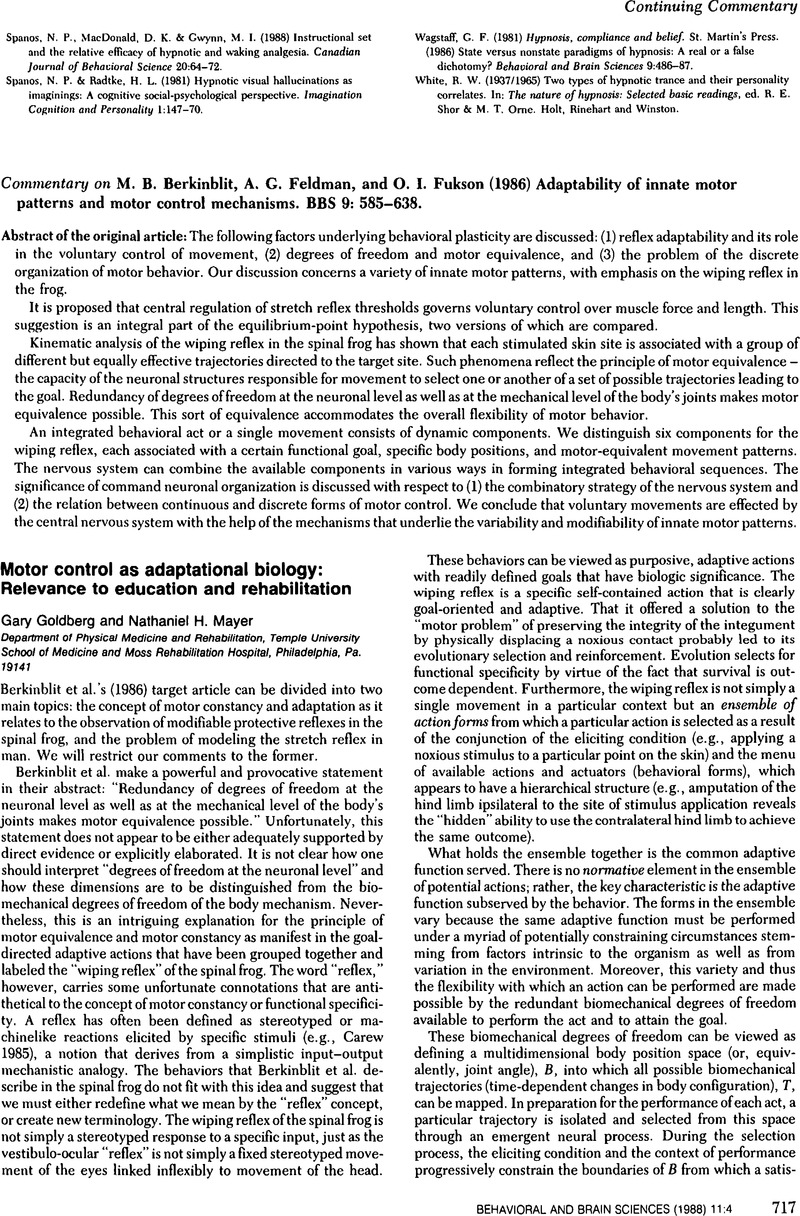Gelfand, I. M. &
Tsetlin, M. L. (
1967) Mathematical modeling of mechanisms of the central nervous system. In:
Models of the structural-functional organization of certain biological systems, ed.
Gelfand, I. M.,
Curfinkel, V. S.,
Fomin, S. V. &
Tsetlin, M. L..
MIT Press.
Google Scholar 